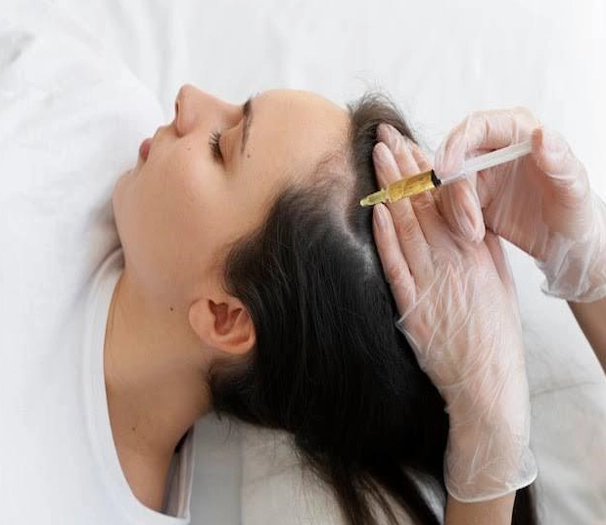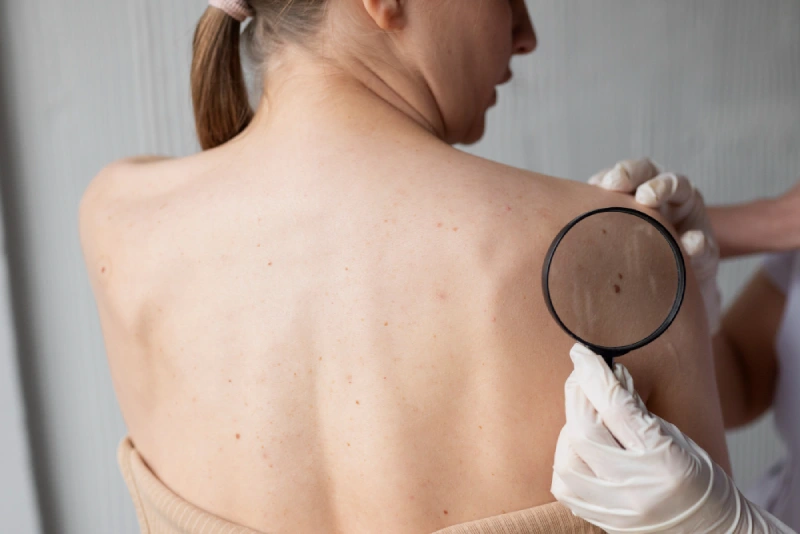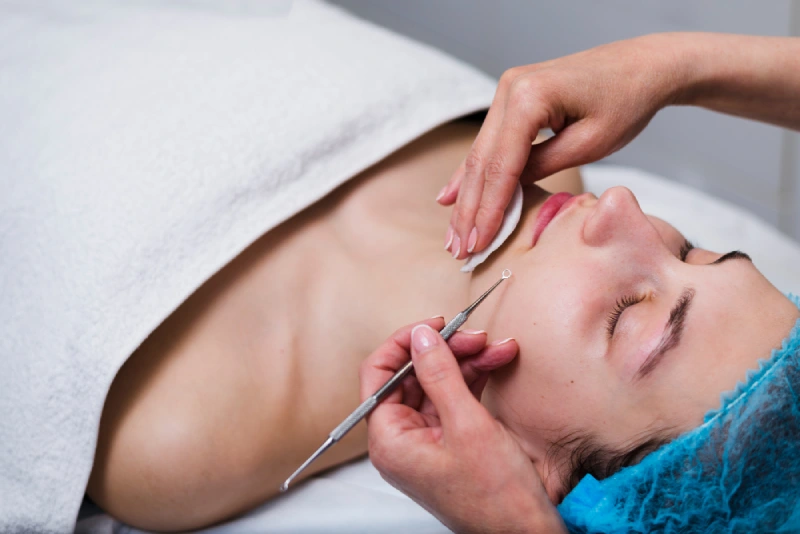The sun’s warm, comforting rays are a thing of great beauty and power that give us the capacity for life on earth. They also give about 20% of the people in the United States skin cancer. Read on to learn more about how to protect your skin from the harmful effects of the sun and why.
Why is Sun Exposure Bad for You?
Sunlight is made up of visible light and what’s known as ultraviolet (UV) rays. There are two kinds of UV light in sunlight, UVA and UVB, and they both have damaging effects on our skin.
UVB rays are the scoundrels responsible for causing sunburns, and they play a large role in the formation of many kinds of skin cancer. The deadliest form of skin cancer, melanoma, can be triggered by just one bad blistering sunburn.
UVA rays penetrate more deeply into the skin, and they can damage the DNA in your cells. UVA is responsible for premature aging of the skin as well as some kinds of skin cancer.
If you are outside without protection when UV rays are at their most intense, you can experience skin damage in as little as 10 to 15 minutes.
If you’ve heard that sun exposure is the only way our bodies can produce vitamin D, well, that’s true. What you might not know is that we can easily get all the vitamin D we need from a healthy diet and/or supplements.
Also, in the spring and summer you can produce 1000 IU of vitamin D after just 15-minutes in the sun if enough of your skin is exposed. You don’t need excessive sun exposure.
How Can I Protect My Skin?
You don’t have to relinquish the daylight and live in the shadows to stay safe and keep your skin healthy. Luckily, there are many easy-to-use options available to you for protecting your skin.
- SUNSCREEN
The number one dermatologist recommended skincare product is sunscreen. Make sunscreen a daily habit whether it’s sunny or overcast. It doesn’t matter if you have the fairest or the deepest skin tone in the world. Daily sunscreen use can benefit everybody.
There are chemical, physical, and hybrid sunscreens on the market. Chemical sunscreens absorb UV rays before they can enter the skin and safely release their energy as heat. Physical sunscreens like zinc oxide and titanium dioxide reflect UV rays away from the skin.
Sunscreens are given a numerical SPF rating. SPF doesn’t show you how strong a sunscreen is, per se, but it does let you know approximately how long you can stay in the sun before UVB rays will burn your skin. So, an SPF of 15 will protect you for 15 times as long as no sunscreen, while an SPF of 50 will protect you for 50 times as long.
What sunscreen you use is a matter of personal preference. SPF 50 and higher can be irritating to some people’s skin. In that case, choosing a lower SPF and reapplying more often might be a good choice.
Up until now, many people of color haven’t enjoyed using mineral sunscreens because of the white cast it can leave on their skin. These days you can find sunscreens of every variety, even a few mineral ones, that can be used on all skin tones.
Reapply sunscreen every couple of hours for the best protection, and don’t forget to apply to all exposed areas, not just to your face.
● PROTECTIVE CLOTHING
The simple act of putting on a hat can make a huge difference to your skin. If you know you’re going to be outside for an extended period of time, consider wearing a hat.
Choose a tightly woven material and a wide brim for the best protection. If you wear a baseball cap, you’ll need to be mindful of applying sunscreen to your neck and ears.
Clothing offers great protection, as well. Putting on a cover up at the pool or throwing on a loose-fitting, long-sleeved shirt over your tank top will protect your arms and chest from excessive sun exposure.
There are special sun protective clothes on the market, as well. Similar to SPF, these have Ultraviolet Protection Factor (UPF) ratings, and they are an excellent choice for someone at high risk for skin cancer.
Don’t forget your sunglasses! Long term exposure to UV rays can increase your risk of developing cataracts, macular degeneration, and even some eye cancers. Whenever you’re out in the sun, opt to wear sunglasses that block UV rays. There will be a label when you buy your sunglasses that lets you know if they are UV protective.
● WATCH THE CLOCK
UV rays are at their strongest between 10am and 4pm. It is said that when your shadow is shorter than you are, that the sun is at its strongest. During these hours it’s best to minimize how much time you’re spending directly in the sun.
Most weather channels provide a local UV index that lets you know how intense the UV rays are at any given time. Check your city’s rating before heading out into the sun.
Final Thoughts
Sun protection can make a dramatic difference in your appearance and your health, and it doesn’t take a lot of effort. Being diligent with sunscreen application and making smart choices about sun exposure is all it takes to help keep your skin happy and healthy over the long term.




